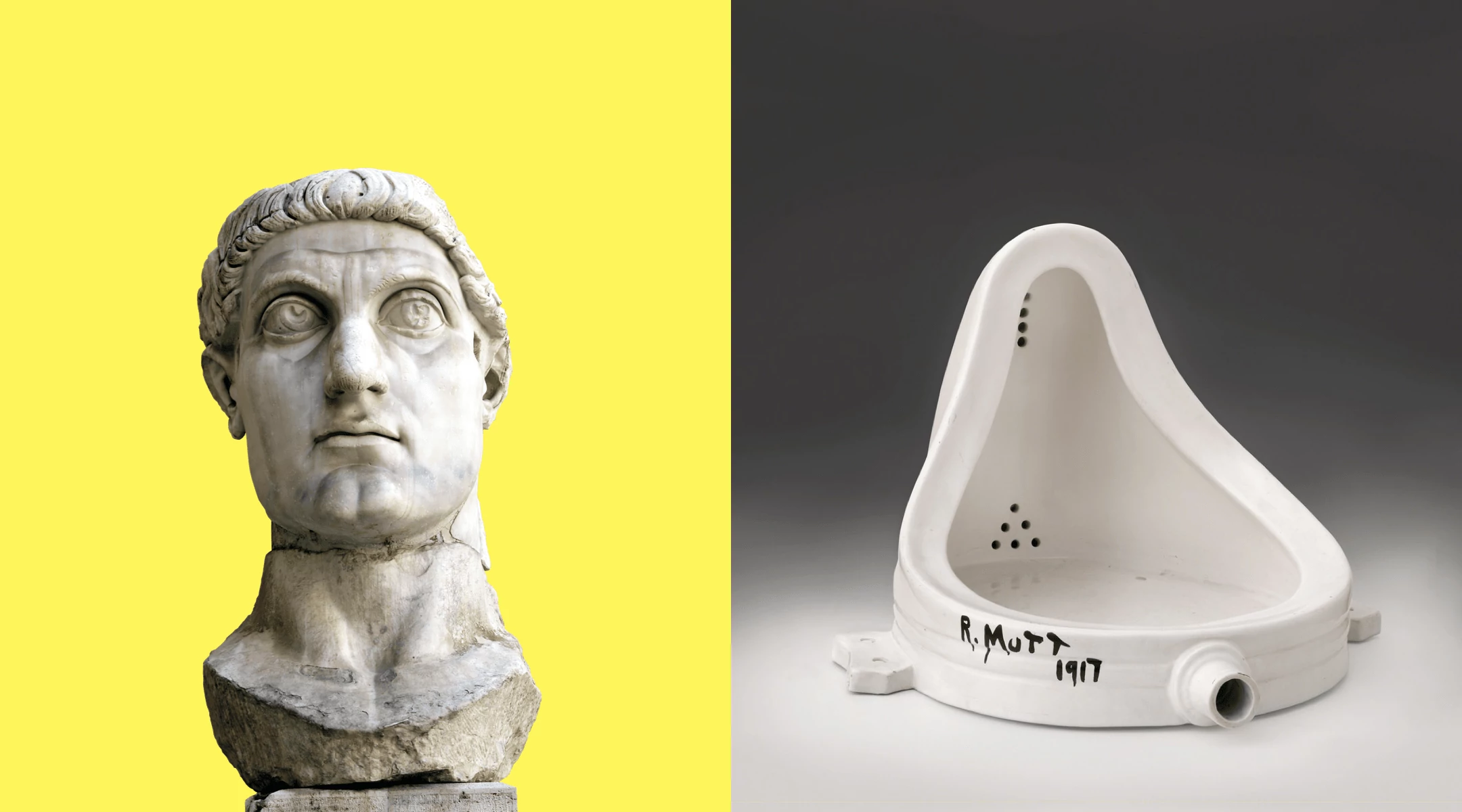Defining ‘Art’


For a practice that has followed humanity since the dawn of consciousness, the question ‘What is Art?’ is notoriously difficult to answer. The Oxford English Dictionary, typically an authority when it comes to definition, calls art “the expression or application of human creative skill and imagination, typically in a visual form such as painting or sculpture, producing works to be appreciated primarily for their beauty or emotional power.”
When asked to ‘think of an artwork’ there’s a pretty good chance that Oxford’s definition covers what you imagined. Oxford’s definition establishes some crucial distinctions: art is created by humans, so a beautiful tree is not art unless a human has applied their creativity to it, as with a bonsai tree. Also, art may be appreciated for its beauty or emotional power. While many artworks are visually pleasing, ugly or disturbing work is valid, and can be appreciated for its emotional power. So if Oxford has the definition nailed, why have generations of aestheticians, philosophers, writers, artists and academics defined and redefined what they think art is?
First, some examples. We’ll begin with the pragmatic. In 1957, the architect Frank Lloyd Wright wrote: “Art is a discovery and development of elementary principles of nature into beautiful forms suitable for human use.” Another practical definition comes to us from Charles Eames: “Art resides in the quality of doing; process is not magic.”
For many artists and writers art is an intensely personal and difficult act, with Oscar Wilde calling art a mode of individualism, the French writer André Gide saying it’s “the point where resistance is overcome” and Italian film director Federico Fellini called art “autobiography.“
For Leo Tolstoy art was something greater than the individual. In his essay What is Art he wrote: “Art is not, as the metaphysicians say, the manifestation of some mysterious idea of beauty or God; it is not, as the aesthetical physiologists say, a game in which man lets off his excess of stored-up energy; it is not the expression of man’s emotions by external signs; it is not the production of pleasing objects; and, above all, it is not pleasure; but it is a means of union among men, joining them together in the same feelings, and indispensable for the life and progress toward well-being of individuals and of humanity.”
And this is the crux of why art is difficult to define. The Oxford English defines art as an object created with intention, but generations of artists have seen art as many things. And they are all correct, because art is as complicated, diverse and contentious as human nature. No one definition will ever properly encapsulate what art is. So here, in no particular order are Obelisk’s definitions of art:
— Art is a process
— Art is communication
— Art is an expression of humanness